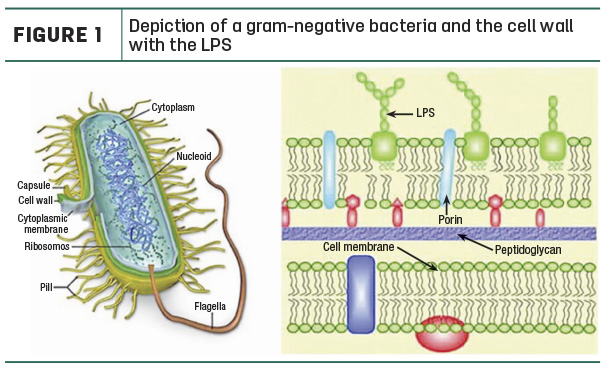A combination of high temperatures and humidity can cause dangerous heat indexes for people and cattle. For livestock, the high heat index can dramatically reduce performance. The annual economic impact of heat stress on livestock is estimated to be between $1.69-$2.36 billion.
How hot is too hot for cattle?
Production losses begin to occur at a heat index of 72ºF. We humans feel relief when the temperature drops in the evening, but cattle don’t really get a break. Cows under heat stress will hold heat, and their rumen function will add to the heat load. During times of heat stress, cattle will stand more, change their eating patterns to fewer (but larger) meals and ruminate less due to open-mouth breathing, and they are also at an increased risk of periods of low rumen pH, which we define as subacute rumen acidosis (SARA).
Management considerations
Providing shade, fans and sprinklers, and making some ration adjustments can help reduce the negative impact of heat stress. These elements are all very important, but I will spend the majority of this article explaining the impact of heat stress on rumen health.
Subacute rumen acidosis (SARA)
SARA occurs when rumen pH drops below “normal” levels for extended periods of time. A normal rumen pH typically falls in the 6.0 to 6.4 range. The exact pH point for the onset of SARA varies depending on which study you look at, but it typically appears when pH drops below 5.8 to 6.0 for an extended time. Rumen pH will drop under 6.0 after a meal is consumed but normally rebounds quickly. During a SARA event, the pH drop is significantly greater, and the amount of time the cow has a low rumen pH is extended. SARA can be induced by slug feeding, sorting against the fiber portion of the diet, delays in feed delivery or abrupt changes in eating patterns, which are all common during heat stress. When more animals in a herd experience multiple SARA events, the overall performance of the herd will decline.
Rumen function declines with repeated SARA events
Any situation that changes eating behavior can result in a SARA event, and combinations of factors only increase the risk. Sorting the total mixed ration (TMR), estrus activity, calving, heat stress, TMR mixing errors and delays in TMR delivery are all examples of events that can trigger SARA in an individual animal. Repeated SARA events increase rumen damage. With each SARA event, the pH drops lower and spends more time in the danger zone of less than 5.5.

What happens in the rumen during SARA?
First, the rumen pH drops due to rapid fermentation of the diet and results in excessive volatile fatty acid (VFA) production. Then, cattle back off feed, and, as the rumen empties, the osmolality (the concentration of electrolytes and VFA) shifts dramatically. This causes bacteria in the rumen to die due to rupture of the cell wall, resulting in the release of an endotoxin into the rumen. Endotoxins come from the lipopolysaccharide (LPS) component of the cell wall of gram-negative bacteria. The LPS component is responsible for the fever, swelling and inflammation seen during E. coli mastitis, for example.
This osmolality and pH and end shift, combined with the LPS release, cause extensive damage to the cells of the rumen villi. These villi are the finger or shag carpetlike structures that absorb VFA and other nutrients. In the first SARA event, the cells of the villi harden a little and have reduced absorption capacity, but on the second and third SARA events, the villi slough off to 30%-50% of their original size.
We can’t control the weather, but we do have the tools to help prevent production losses from SARA. Consistent feed delivery with attention to fiber level and buffer delivery are important ration considerations during heat stress. Heat stress abatement with sprinklers, fans and additional shade will help reduce the overall heat load and SARA risk.
This was originally published by Crystalyx.







